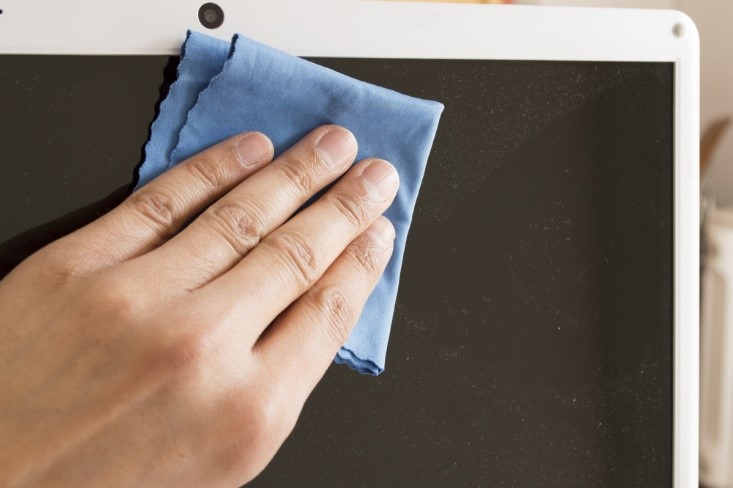
Not only is your computer an expensive investment, but it is a critical tool you use every day. Yet, if you are like most users, you hardly think about how you treat your computer. You likely carry it about unprotected, abuse the battery, expose it to all sorts of threats around the web and worse. After years of this kind of mistreatment, your computer isn’t going to run as well as it used to, meaning you need to make a tough choice: invest further in repairing and updating your current machine or buy a new one. Most users replace their computers after just four years, but if you take the following steps to care better for your device, you can enjoy your investment for much, much longer.
Wrap It Up
If your computer is portable in any way – i.e. if it is a laptop or tablet that you often transport from here to there – you need to physically protect your device. That means buying a case that surrounds your computer at all times and carrying your device in a padded bag. Dropping your device, or even placing it too roughly, can irreparably damage its delicate components, either causing long-term problems or crashing the computer completely. Thus, wrapping your computer in a protective layer is critical for keeping it up and running smoothly.
Charging Etiquette
Another issue with portable computers but not desktops is battery life. An uncharged computer is useless to you, but by improperly charging your device, you might be reducing the longevity of your computer’s battery, thereby impacting its performance and practicality.
There are plenty of myths surrounding how to extend battery life. For example, you’ve likely heard that batteries not fully drained and fully recharged will forget their capacity and begin charging at lower levels. However, while that was true of old nickel-metal hydride batteries, and it is devastating to modern lithium-ion batteries.
All Li-ion laptops are built with a maximum number of charge cycles, or a limit to the number of times they can have a battery fully drained and fully recharged. Usually, this number is around 500, but newer, higher-quality batteries can be more. If you only siphon 50 percent of your computer’s battery and recharge it back to 100 percent, that counts as a half-cycle. Thus, by avoiding fully exhausting your device, you can ensure that your computer continues to function longer.
Cleaning and Tidying

One way to keep your laptop battery from bottoming out is to clean your device regularly – digitally and physically. The best way to purge your computer files of juice-hogging and performance-clogging data is with cleaning software like Dr. Cleaner. Tools such as this search through oft-forgotten corners of your device to find unused bits and bytes, and then they purge them, creating more space for more functional data. You should schedule a digital cleaning annually – or more often if you cycle through data frequently.
You should also physically scrub your device, so it doesn’t get covered in gross gunk. Here are some tips to help make cleaning your computer fast and easy:
- Be as gentle as possible. Too much pressure can harm your computer. Instead, use a light touch and an antistatic, microfiber cloth to dust and scrub.
- Never spray liquids onto any component of your computer. If you must use water or rubbing alcohol to clean a component, apply the liquid to a soft cloth first.
- Compressed air is your best friend. Cans of air efficiently blow dust and crumbs out of the nooks and crannies of your device, so you should keep compressed air handy.
- Remember how to reassemble. If you have a desktop PC, you will probably need to disassemble various components to clean them effectively. If you don’t feel comfortable putting the machine back together, you should consider hiring a professional to clean your device.
Stay Cool
When you put your computer through some particularly challenging tasks – like running high-quality graphics games or downloading dozens of apps at once – you’ll likely feel it get warm and start to whir. The sound and vibration is your computer’s fans kicking into high gear, working hard to keep your computer cool. Heat is extremely dangerous to your device, so you should do what you can to assist those fans and stay cool. For desktops, this means avoiding placing items on top of your computer or around its sides, where the fans usually pull air. For laptops, this means placing a cool, hard surface underneath your computer instead of putting it on pillows or other soft, air-clogging surfaces. If you are a power-user and often feel your computer rise in temp, you might invest in more advanced cooling products, like cooling pads or additional fans.

